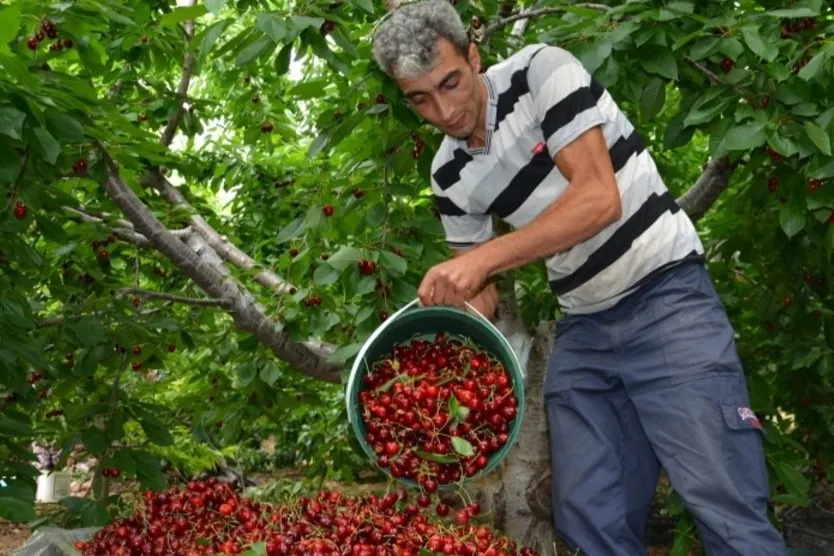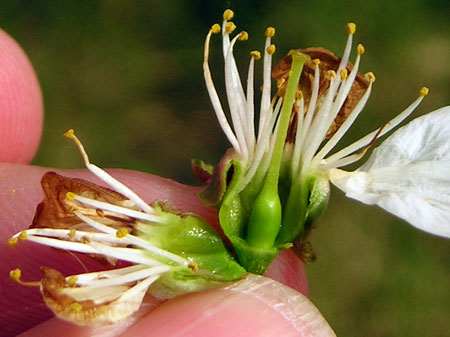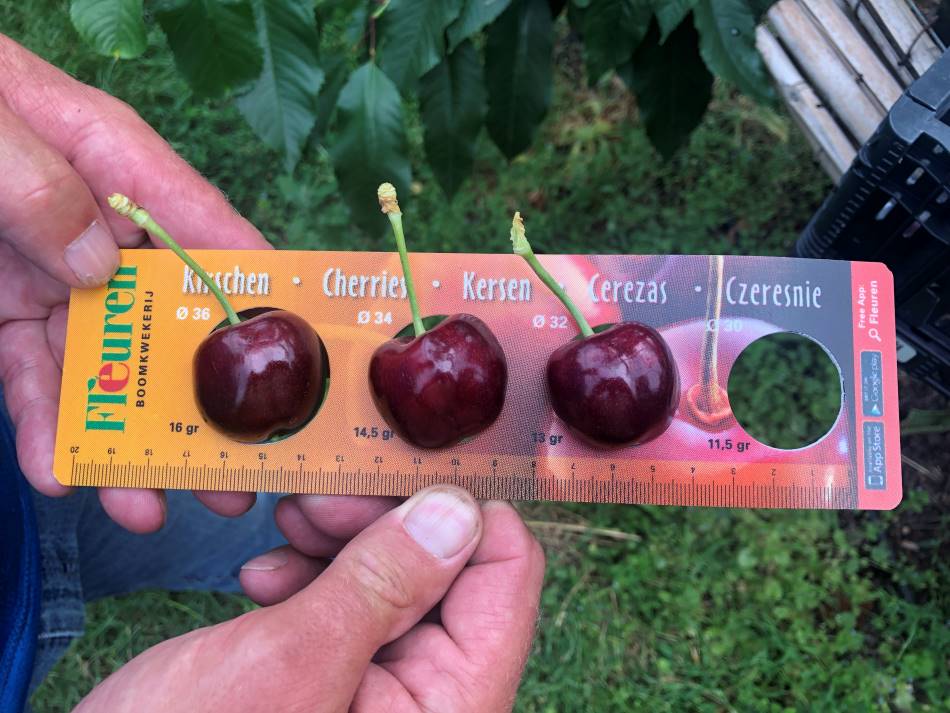A recently published study has conducted an in-depth analysis of energy use and greenhouse gas (GHG) emissions in cherry production in the Turkish province of Konya, one of the country’s most suitable areas for this crop. The research, carried out during the 2022–2023 seasons, aimed to quantify energy inputs, energy use eJiciency, and related emissions, in order to provide useful insights for improving the environmental and productive sustainability of the cherry sector.
The results show that cherry production is an energy-eJicient activity but still oJers considerable room for improvement in terms of reducing non-renewable sources and emissions linked to electricity consumption.
The total energy requirement was quantified at 45,298.53 MJ per hectare, while energy output reached 84,070.16 MJ per hectare, resulting in an energy use eJiciency (EUE) of 1.86 and an energy productivity of 0.63 kg MJ−1. This means that energy output exceeds input, making cherry cultivation an energetically favorable activity.
In fact, the net energy balance (NE) was positive, with a value of 38,771.63 MJ ha−1. However, the analysis of input composition revealed that 64.24% of the energy used comes from direct sources (such as labor and fuel) and 35.76% from indirect sources (mainly fertilizers and pesticides).

Energy sources and emissions
As for the type of energy, only 17.67% derives from renewable sources, while 82.33% is of non-renewable origin.
Among the diJerent consumption categories, electricity represents the main energy source used, with 15,680 MJ ha−1, corresponding to 34.61% of the total, followed by machinery use (16.26%), chemical fertilizers (15.40%), and fuels (11.96%).
The analysis of greenhouse gas emissions confirms the role of electricity as the main contributor to environmental impact, accounting for 47.94% of total emissions, equivalent to 2,648.18 kg CO2eq ha−1.
Overall, cherry production generates 5,523.46 kg CO2eq per hectare, with an average ratio of 0.19 kg CO2eq per kilogram of fruit produced. Labor ranks second in terms of emission contribution (33%), followed by the use of agricultural machinery (9.47%).
Recommendations for improvement
These findings indicate that, although cherry cultivation exhibits good energy eJiciency, its climatic impact remains significant, especially due to its high dependence on electricity and non-renewable inputs.
Therefore, increasing the share of renewable energy, by adopting irrigation and mechanical systems powered by alternative energy sources, would be a crucial step forward.
At the same time, optimizing agronomic practices by reducing the use of pesticides, fertilizers, and fossil fuels could significantly help lower emissions and improve the overall eJiciency of the production system.
Moreover, enhancing the technological eJiciency of agricultural operations, by investing in more eJicient machinery and worker training, could reduce energy consumption per unit of product.
Conclusion on sustainability
In conclusion, cherry production in Turkey is sustainable from an energy perspective, but achieving true environmental sustainability requires reducing dependence on non-renewable resources and promoting a more eJicient and “greener” production model.
Increasing the share of renewable energy and adopting low-impact techniques are key strategies to combine economic competitiveness with environmental protection in the cherry sector.
Source: Akçil, M. B., Bayramoğlu, Z., Ağizan, K., & Gökdoğan, O. (2025). Labor, Energy Use and Greenhouse Gas Emissions of Cherry Production in Türkiye. Applied Fruit Science, 67(3), 89. https://doi.org/10.1007/s10341-025-01319-5
Image source: Daily Sabah
Andrea Giovannini
University of Bologna
Cherry Times - All rights reserved













